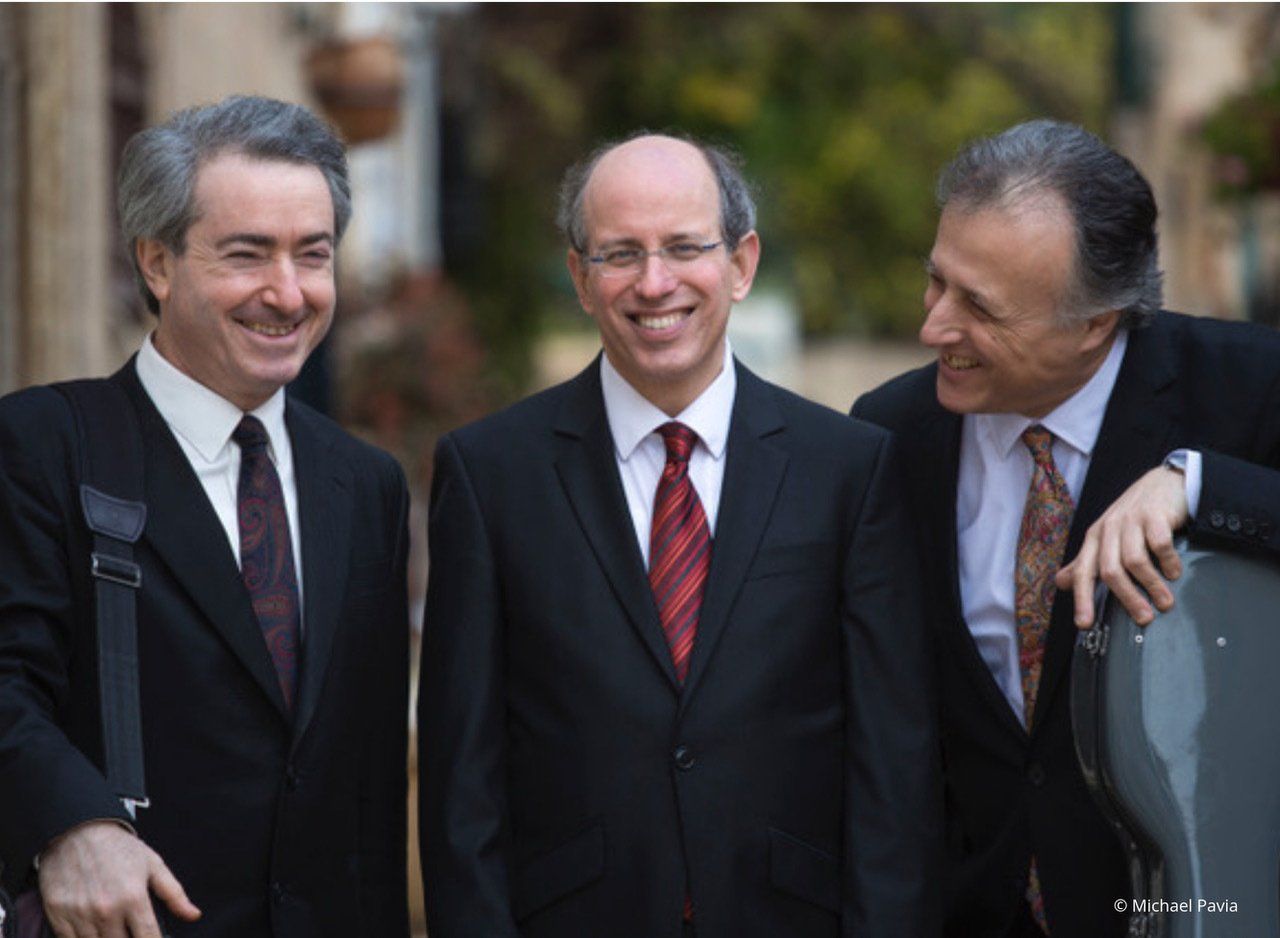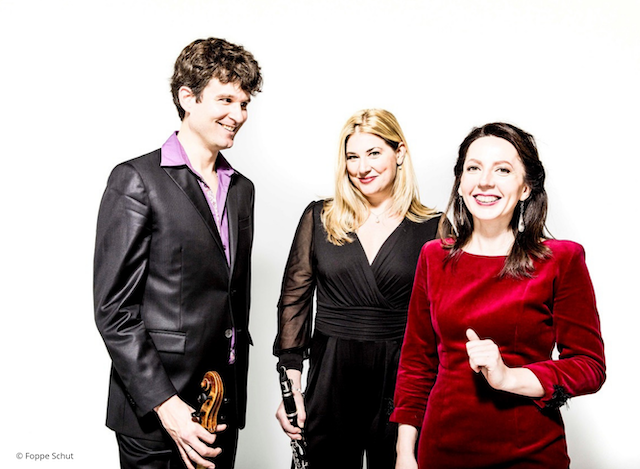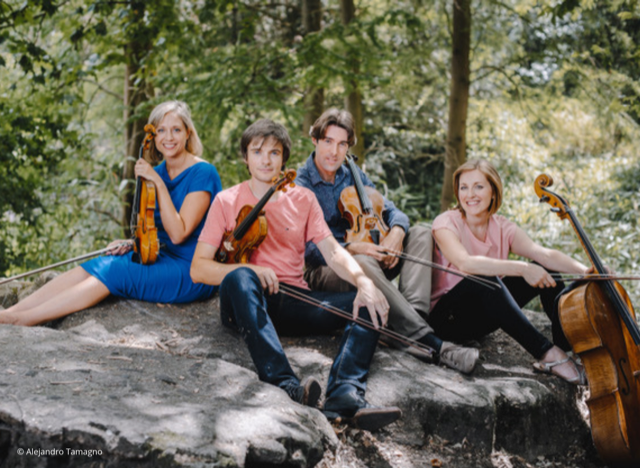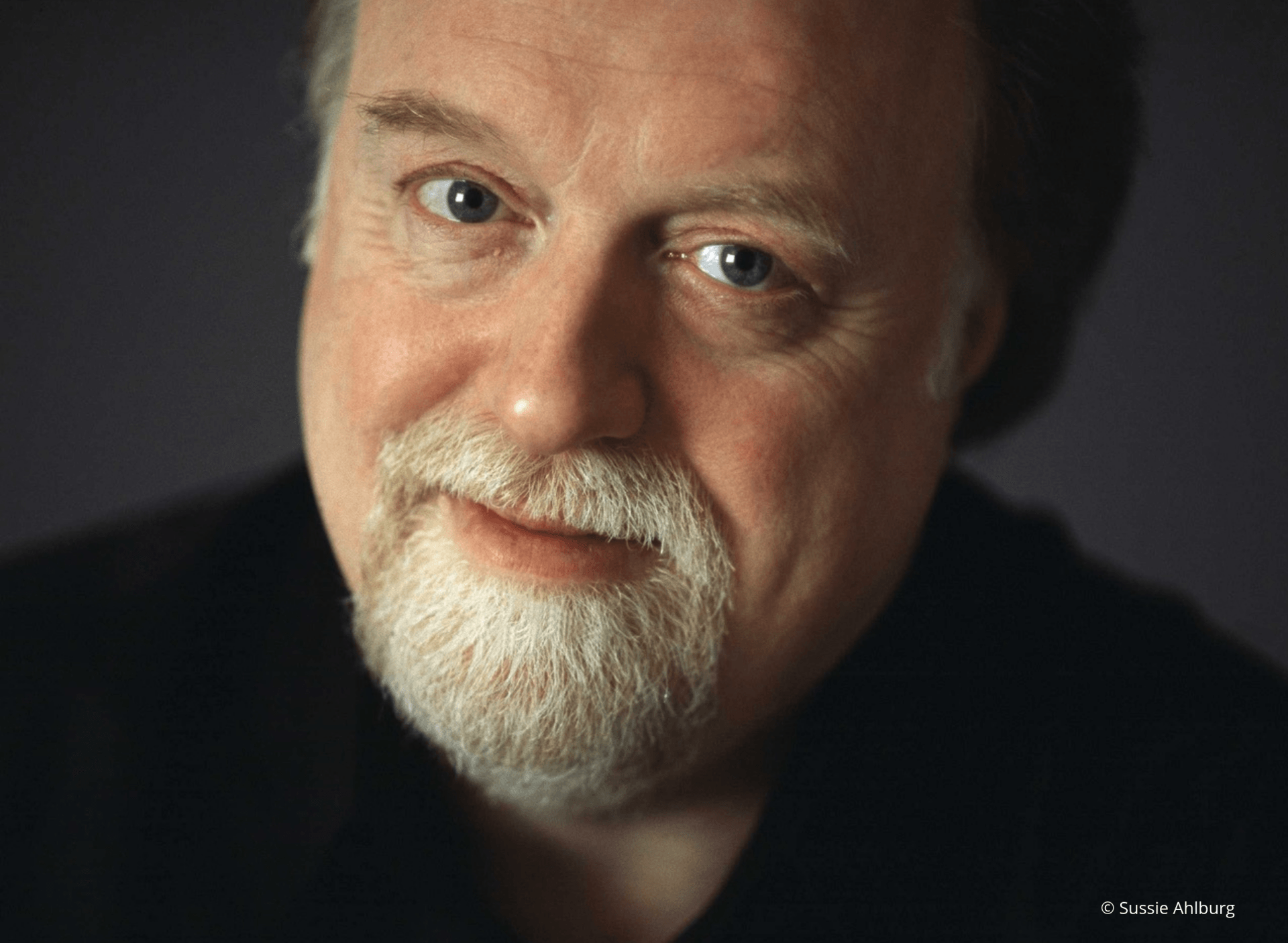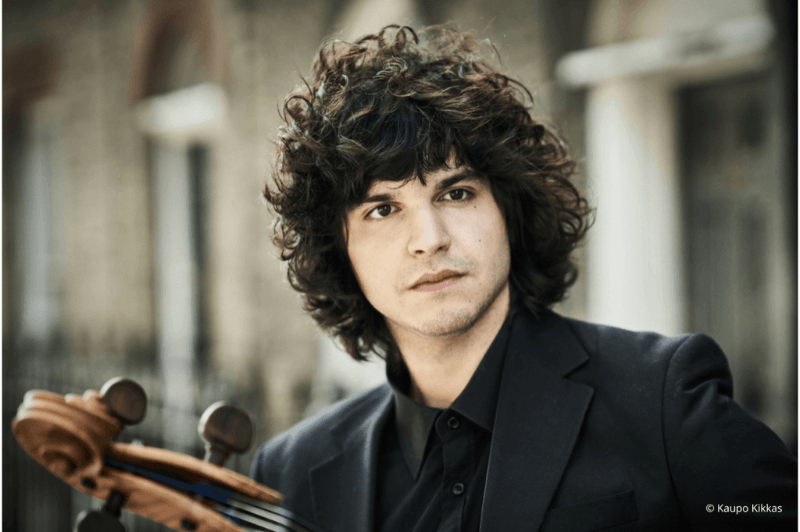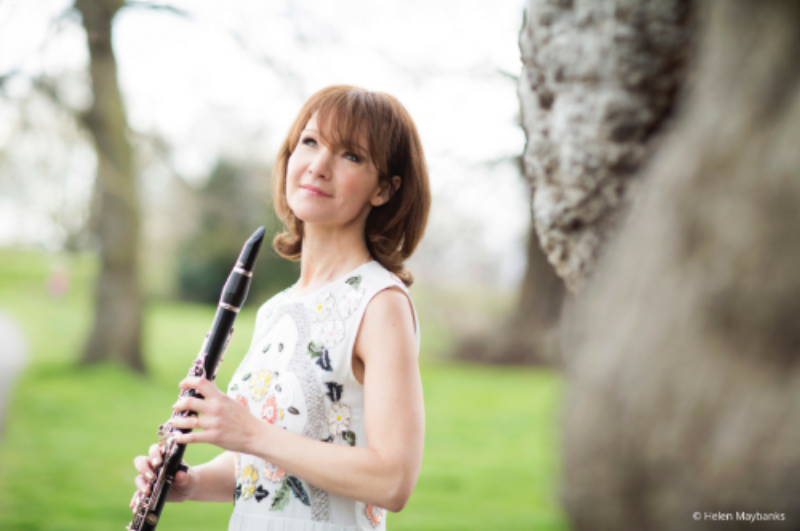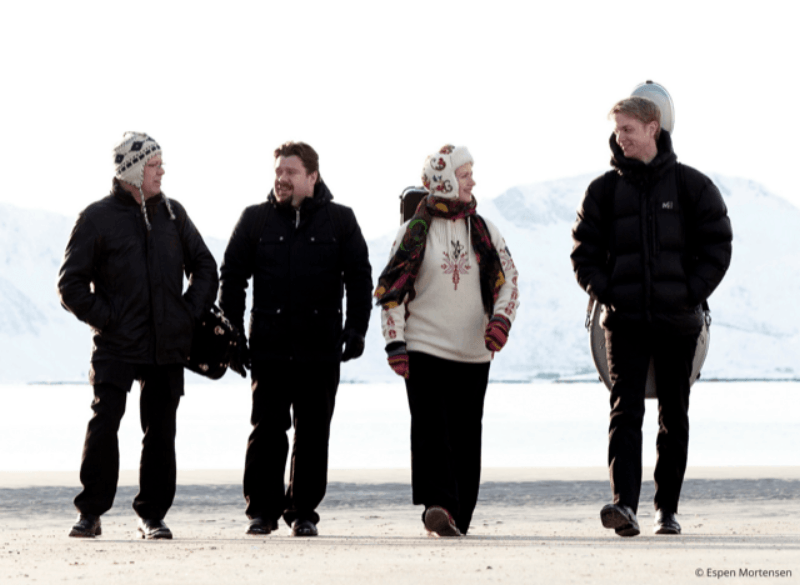Chiaroscuro Quartet - a 'trailblazer for the authentic performance of chamber music'
Thursday 31st January 2019 at 7.30pm
The Chiaroscuro quartet consists of Alina Ibragimova (violin), Pablo Benedi (violin), Emilie Hörnlund (viola) and Claire Thirion (cello). The quartet, formed in 2005, is a ‘trailblazer for the authentic performance of classical chamber music’; it plays on gut strings and with historical bows. Their music is celebrated across Europe and beyond.
Book your tickets online now! - click here
to book online.
Find out more about the Chiaroscuro Quartetand watch a video of its playing here.
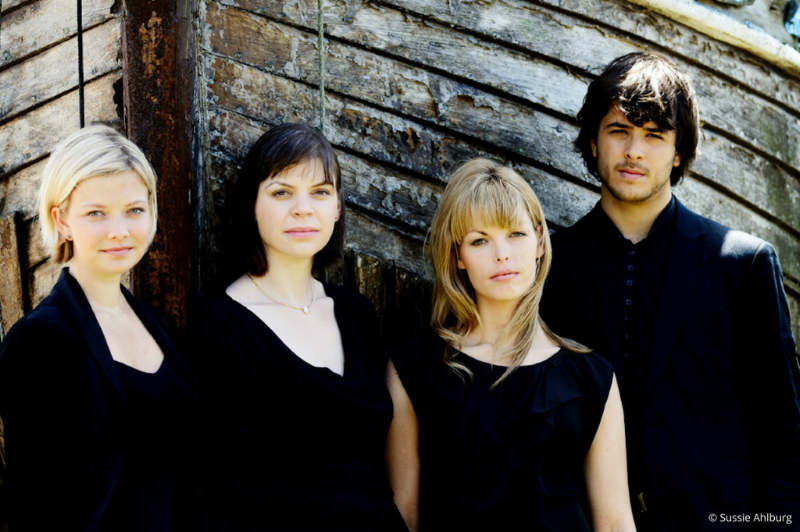
Find out more about the programme for our concert:
Quartet in A major Opus 18 No. 5
Ludwig van Beethoven 1770-1827
i. Allegro; ii. Menuetto and Trio; iii. Andante cantabile con variazioni; iv. Allegro (composed 1801)
Imagine the end of the 18thcentury; a time of war and social upheaval, when revolutions in France and America were forcing the Western world into a new way of thinking. Into Vienna there stepped a short 22-year-old young man, with curly coal-black hair; already a virtuoso pianist. The next five years saw him climb the career ladder. He became a private pupil of Haydn and Salieri. He was in great demand at the parties and soirees of the rich and arty. He pursued many women and made them feel faint at the intense passion of his piano improvisations. By age 31, when he composed this quartet, he enjoyed rock-star status. In this quartet, and others of the same year, he makes his first claim to be a serious composer; and poses musical questions he will seek to answer for the remainder of his titanic career; against the backdrop of having known for two years that he was going deaf and his performing career had little time to run.
The quartet is in part a homage to Mozart, bearing many similarities to his 'Drum' quartet in the same key. In their opening bars, both works highlight the same first three notes of the rising A major scale, A, B, C#, played staccato. Beethoven chooses the blandest of themes – little more than a descending scale followed by an ascending scale and then another descent. Towards the end of the variations, where Mozart introduces the 'drum' motif, Beethoven unleashes an exuberant outburst, shattering the calm of the preceding variation. The tenderest of episodes leads to a peaceful ending. The last movement dashes along, its counterpoint interrupted by a slow episode echoing a similar passage in the last movement of the Mozart quartet. In the last few bars the music evaporates.
Quartet in E flat major Opus 12 Felix Mendelssohn 1809-1847
i. Adagio; ii. Canzonetta; iii. Andante, espressivo; iv. Molto allegro e vivace (composed 1829, aged 20)
Pianist, composer and conductor, Mendelssohn was born in Hamburg. His parents were Jewish, but converted to Christianity before he and his siblings were born. Mendelssohn was quick to establish himself as a musical prodigy. Aged 9, he made his public debut in Berlin. Aged 11, he wrote a violin sonata, two piano sonatas, multiple songs, a cantata, a brief opera and a quartet. In 1826, aged 17, Mendelssohn produced one of his best known works, Overture to a Midsummer Night's Dream. In 1829 he conducted the London Philharmonic Society. Inspired by his visit to England and Scotland, Mendelssohn began composing his ‘Scottish Symphony’ and two string quartets.
The Adagio opens with a dramatic sighing gesture, a clear paraphrase of the opening to Beethoven’s 'Harp' Quartet. Beethoven had died only two years before, and one can hear in Mendelssohn’s music a farewell to him.
The body of the movement concentrates on a ‘Song without Words’- like theme in the major mode. This then generates a related theme in the minor as a counterbalance. The second movement is like a dance. Its quick-march outer sections frame a swift, virtuosic middle section in which upper strings fly over a slow drone in the cello. There is a hushed opening to the third movement. The second phrase is more florid and leads to greater agitation. This followed by a brief recitative that brings us back to the opening; and then the same cycle is played out on a larger, more intense scale. After a very short break, the calm is shattered by the two opening chords of the Finale. This continues the vocal qualities heard in the first movement.It opens not in the home key of E flat major, which would be customary, but rather in C minor. This foreign key extends through most of the movement, before relenting into to E flat major at last in the coda. About midway through the movement, old melodies from the first movement start to be heard. In the coda, they take over completely, so that we seem to have returned, nostalgically, to that earlier, gentler world.
In the words of musicologist John Horton, ‘The coda is one of Mendelssohn’s purest and most radiant passages of quartet writing, leaving the listener with a sense of contentment.’
++++++ Interval of 25 minutes ++++++Quartet in D minor D 810 ‘Death and the Maiden’ Franz Schubert 1797-1828
i. Allegro; ii. Andante con moto; iii. Scherzo Allegro molto; iv. Presto (composed 1824)
Schubert was an Austrian composer. Appreciation of his music while he was alive was limited to a small circle of admirers in Vienna. Today, he is ranked among the greatest composers of the late Classical and early Romantic eras. Schubert attended the Vienna Imperial Court chapel choir. After leaving school, and while struggling to hold down a teaching post, he composed 145 lieder, the Second and Third Symphonies, two sonatas and a series of miniatures for piano, two mass settings and other shorter choral works, four stage works, and a string quartet. This period of intense creative activity remains one of the most inexplicable feats of productivity in musical history. He died, just before his 32ndbirthday, probably poisoned by the mercury used to treat his syphilis.
The Quartet is an intensely intellectual and emotional piece. It has been called ‘one of the pillars of the chamber music repertoire.’ Its uniformity of mood makes the work powerfully beautiful – if unbearable. It was composed after the composer suffered a serious illness and realized that he was dying. Some interpret it as Schubert's testament to death. All four movements are in minor keys - a surfeit of sombreness and melancholia that is not found in any work by Haydn, Mozart, Beethoven or Tchaikovsky. Only in Chopin’s ‘Funeral March’ Sonata can a parallel case be found.
‘Death and the Maiden’ was a song-setting by Schubert in 1817 to a poem by Claudius; it features in the first and second movements.
Maiden : Stay away! Oh, stay away!, Go, fierce Death! Thou grisly man of bone!, I am still young, please go!, And do not touch me.
Death : Give me your hand, you beautiful and tender vision!, I am a friend, and come not to hurt you. Be of good cheer! I am not cruel, You will sleep softly in my arms!
The opening is dark, harrowing and powerful, eventually giving way to a gentler, more resigned theme; perhaps this represents the grim apparition of Death confronting a tender maiden? The second movement uses the second half of ‘Death and the Maiden’ but now the song’s melodic idea becomes the starting point for a new song, then subject to five variations. The third movement is at first blustery, then delicate and warm, then blustery again. The final Presto is demonic, propelled onward by a breathless tarantella dance in 6/8 time. The episodes rapidly juxtapose the severe and the smooth in a swirling, deadly embrace. The tempo quickens to a manic pace and it ends abruptly.
Programme notes compiled from various sources.


